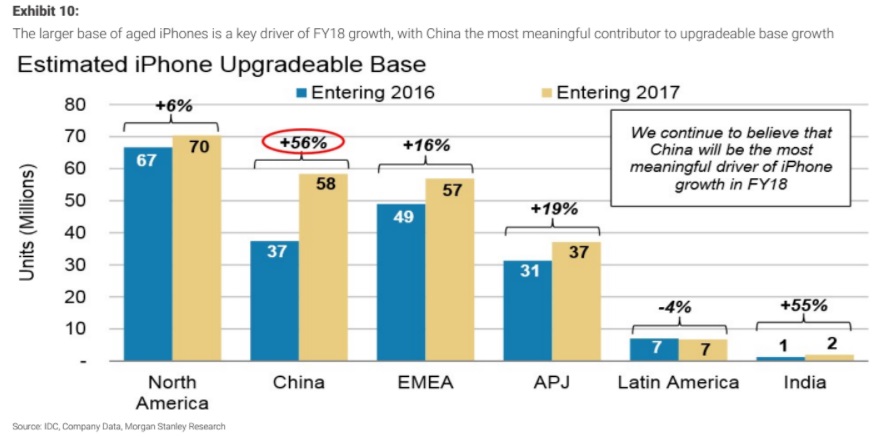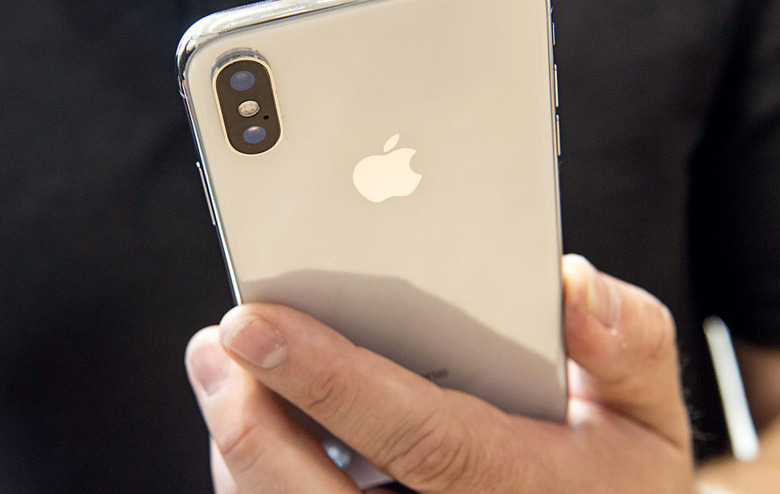Report: iPhone X Will Help Apple Set A New iPhone Sales Record In 2018
With iPhone X pre-orders set to open up in just a few days, the excitement surrounding Apple's next-gen iPhone is starting to grow. And though initial iPhone X supply will likely be extremely small, at least compared to previous iPhone launches, Apple earlier today issued a press release indicating that there will be iPhone X units available for walk-in customers at Apple retail stores across the world.
One of the more contentious issues surrounding the iPhone X is whether or not the device will prove to be wildly successful for Apple. While some analysts maintain that the iPhone X will help Apple set a new iPhone sales record in 2018, others have opined that the hype and optimism surrounding the device is significantly overblown.
Throwing their hat into the ring, a new research note from Morgan Stanley argues that demand for the iPhone X will be extremely strong and that investors can expect to see strong year over year growth in 2018. All told, Morgan Stanley analysts believe that Apple in 2018 will ship 262 million units "on strong replacement demand." For some context, the current record for annual iPhone sales is 231.2 million which Apple set back in 2015 thanks to record-setting demand for Apple's iPhone 6 lineup. In short, Morgan Stanely believes that the market is underestimating the "iPhone X's contribution power" over the next few months.
Of the 262 million figure, Morgan Stanley believes that the iPhone X will account for 47% of that total. Further, with interest in the more margin-friendly iPhone 8 Plus coming in higher than anticipated, Apple should see a huge increase in revenue over the next few quarters.
Another interesting point, and not altogether surprising, is that the installed base of iPhone users in the market for an upgrade is higher today than it's ever been before. This, coupled with the new iPhone X, will help take iPhone sales to new heights.

Of course, iPhone X demand means nothing if Apple can't get a handle on supply. Though initial supply will be low, it's widely believed that Apple will be able to ramp up production towards the end of 2017. In turn, Apple's monster iPhone quarter may be pushed back to the first quarter of 2018 as opposed to the holiday quarter of 2017.
